Rodeo Drive is perhaps the most famous shopping district in all of the world. Currently featuring 75 of the most exclusive boutique stores from only the most renowned fashion artists, Rodeo Drive is right up there with Disneyland when it comes to tourism in Los Angeles.
Rodeo Drive serves as the exclusive and all-serving fashion district for Los Angeles’ Golden Triangle. That is, the area of Beverly Hills, Holmby Hills and Bel Air that feature some of the highest retail prices known to man, but it wasn’t always that way.
When California was still a part of Mexico, Don Jose Gaspar de Portola was the first European to visit the area and was actually the first governor of provincial California. The Tongva people that inhabited the area at the time referred to it as “El Rodeo de las Aguas” or The Gathering of the Waters, and considered it a holy ground because of its abundance of food and water.
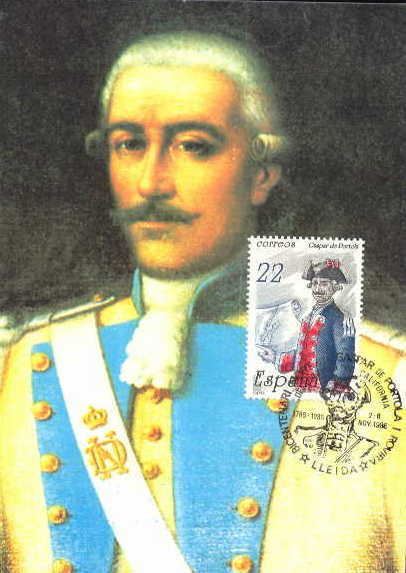
Dona Maria Rita Valdez De Villa
Later, in 1838, the deed to the area was granted to Dona Maria Rita Valdez de Villa, a condolence to the widow of a Spanish soldier. She operated a presumably successful cattle ranch, the Rancho Rodeo de las Aguas on the land that would become Rodeo Drive until 1854. The land was ultimately sold to Benjamin Wilson and Henry Hancock for $4000.
In the 1880s drought decimated the land, doing away with the crops and cattle. The Rodeo ranch changed hands many times during this period. In 1882 there was a set of daring lima bean farmers that purchased the land with plans to build “Morocco” – a subdivision of the city with a North-African theme.
The Economic collapse in 1888 ultimately ruined these plans, but in 1900 Burton Green and co. purchased the area that was known as Morocco and raised their flag for The Amalgamated Oil Company. They drilled a series of unsuccessful oil wells in the area and the property was then reorganized in 1906 as the Rodeo Land and Water company. Burton Green and his wife were the first to name the surrounding area Beverly Hills, which obviously stuck.
Beverly Hills is Born
The Beverly Hills Hotel was built in 1912 when there were only 6 other homes constructed in Beverly Hills, and many of them vacant. The hotel was built right on top of where the previous owner, Dona Maria, had established her adobe living quarters before selling the land to Ben & Henry. This hotel is credited with kickstarting the unstoppable real estate force that would become Beverly Hills and the surrounding areas.

It wasn’t long after The Beverly Hills Hotel was established that celebrities from the Los Angeles Film Scene that was brewing Downtown caught wind of this extraordinary opportunity: an exclusive and high-end neighborhood in its early stages forming down towards the beach. The first celebrity home was that of Mary Pickford & Douglas Fairbanks, the made-for-Hollywood couple that the country couldn’t keep their eyes off.
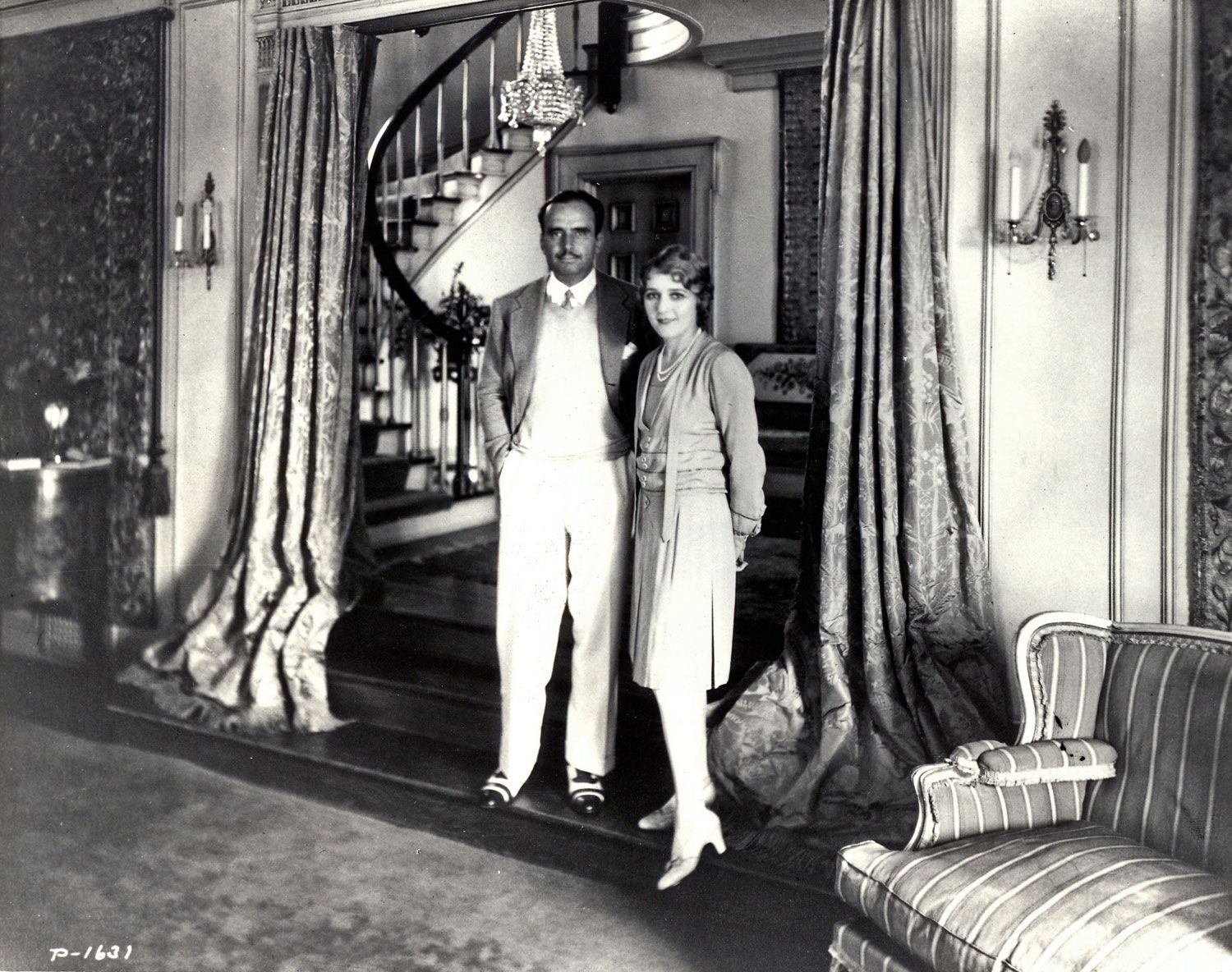
The celebrity estate would be called Pickfair, established shortly after the couple wed in 1920. They turned a stable into a stunning home that would be known as the Buckingham Palace of Hollywood. Pickfair put all eyes on Beverly Hills, and things were looking up.
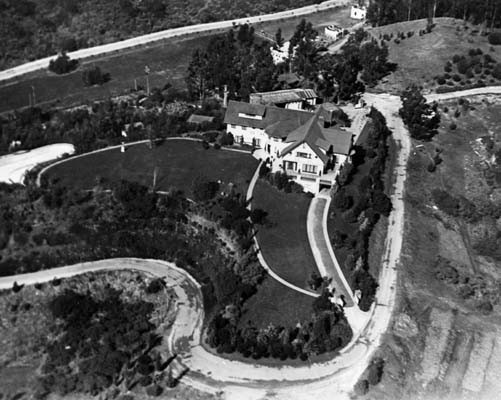
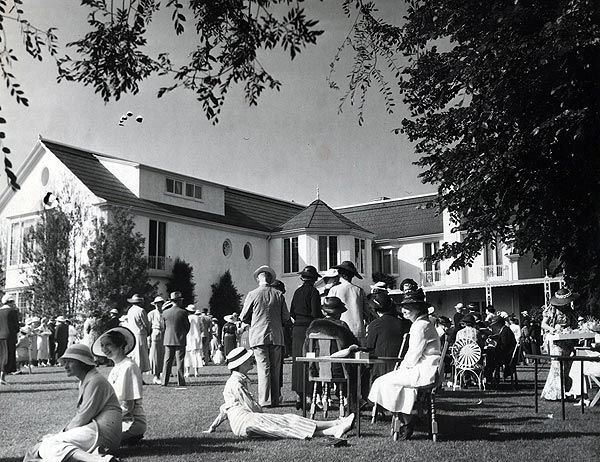
Beverly Hills Goes Drag
There was some campaigning done to get the Pickford/Fairbanks power couple over to Beverly Hills. In fact, just one year prior The Beverly Hills Speedway (also known as The Los Angeles Speedway) was constructed to spur interest and value to the area. That’s right – the unyieldingly classy Rodeo Drive used to be a NASCAR track. The North east corner of the speedway is where Rodeo Drive meets Wilshire Boulevard now, right where the Beverly Wilshire Hotel is (Pretty Woman).
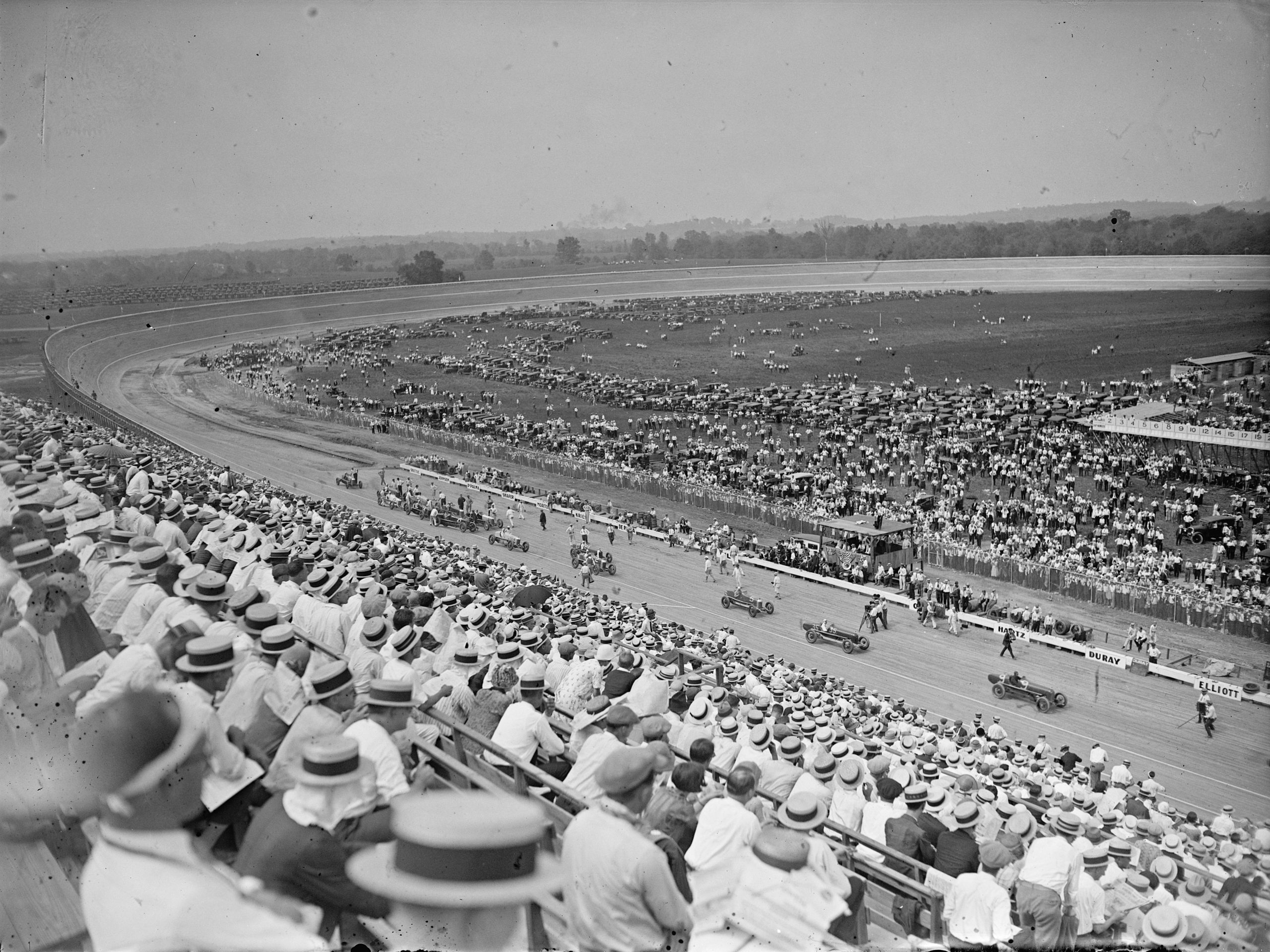
This wasn’t actually NASCAR – the track was a wooden-board track, very popular through 1910-1920. The tracks are composed of wooden planks and were used by motorcycles as well as various types of racing cars. The Beverly Hills Speedway Association was successful in being the first in the United States to design a wooden-board track with banked turns by incorporating something known as a spiral easement. There’s a fun fact for all you wooden-board track racing fans.
Rodeo Drive Goes Bourgeois
- In 1949, Richard Carroll opened Carroll and Company in West LA, a store that offered high quality men’s suits and hats. Being a lucrative businessman, he quickly caught wind of the up-and-coming Rodeo Drive nearby and decided to move his establishment in 1950. At this time there was little more than a gas station and a hardware store in the area, but Richard Carroll had an eye for potential that wouldn’t miss.
- In 1964, Fred Hayman (now known as the father of Rodeo Drive) was working at the Beverly Hilton Hotel. He saw an opportunity and jumped, opening the first luxury boutique on Rodeo Drive, Giorgio Beverly Hills. Giorgio is known for being extremely influential in the shaping of the area into the fashion and shopping epicenter it is today.
- In 1968 Aldo Gucci opened a Gucci store on Rodeo. In 1970 Vidal Sassoon opened a salon on Rodeo Drive. In 1972 the Godfather Fred Hayman launched the Rodeo Drive Committee with an effort to radically upscale the street. This brought in stores like Prada, Versace, and Fendi.
- In 1976 Bijan Pakzad opened his store, Bijan. This is the most expensive boutique in the world, only available by appointment. You can find his Bugatti Veyron (worth nearly 2 million) parked in front of his store most days.
- By 1983 there was a collection of at least 45 Retail Boutiques, and the street was internationally famous for offering only the very best. The below map was commissioned in 1995 by “Mister Maps” Paul Shaffer, and by 1989 Gucci, Louis Vuitton, Fendi, Hermes, and the excellent Rizzoli Bookstore were all opened, adding to the allure and exclusivity of Rodeo Drive.
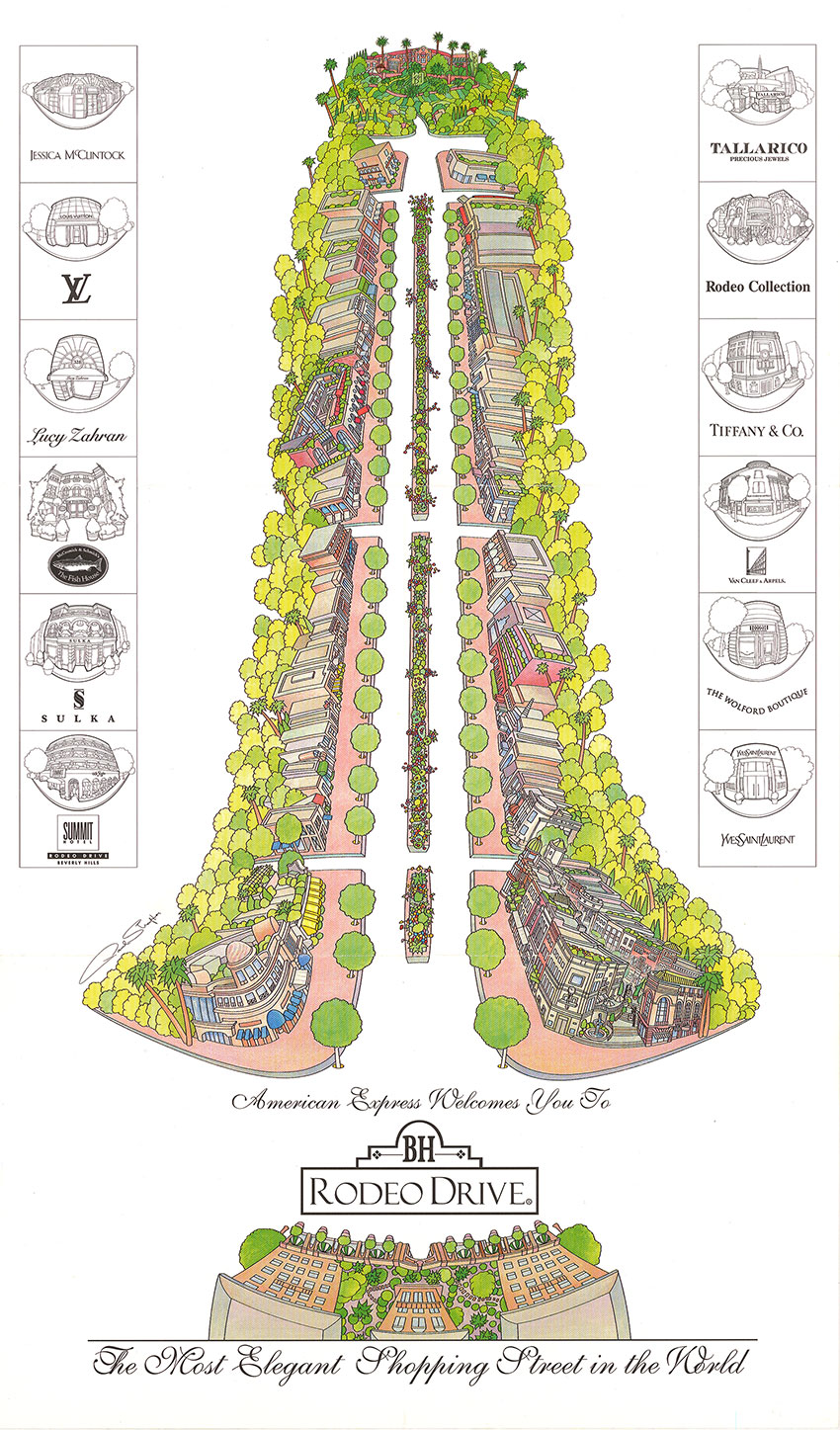
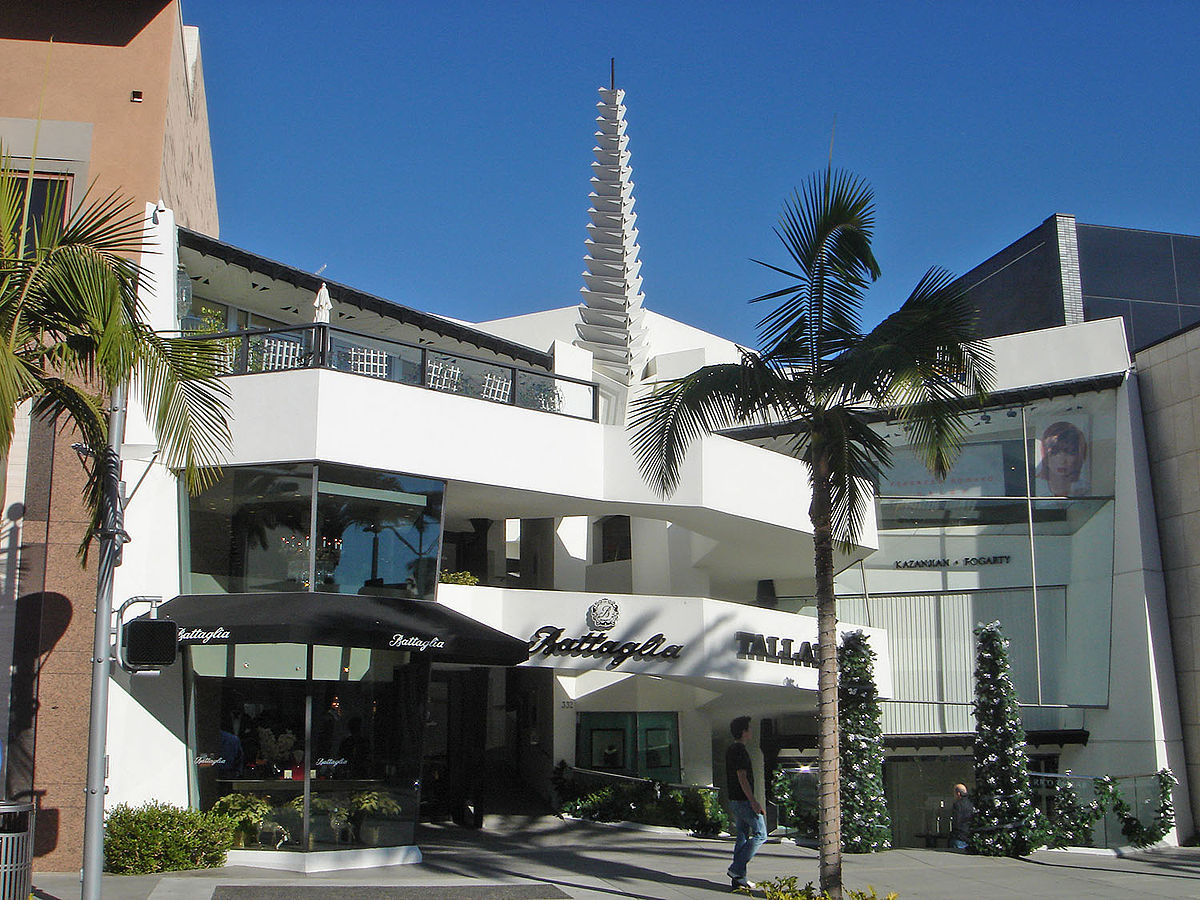
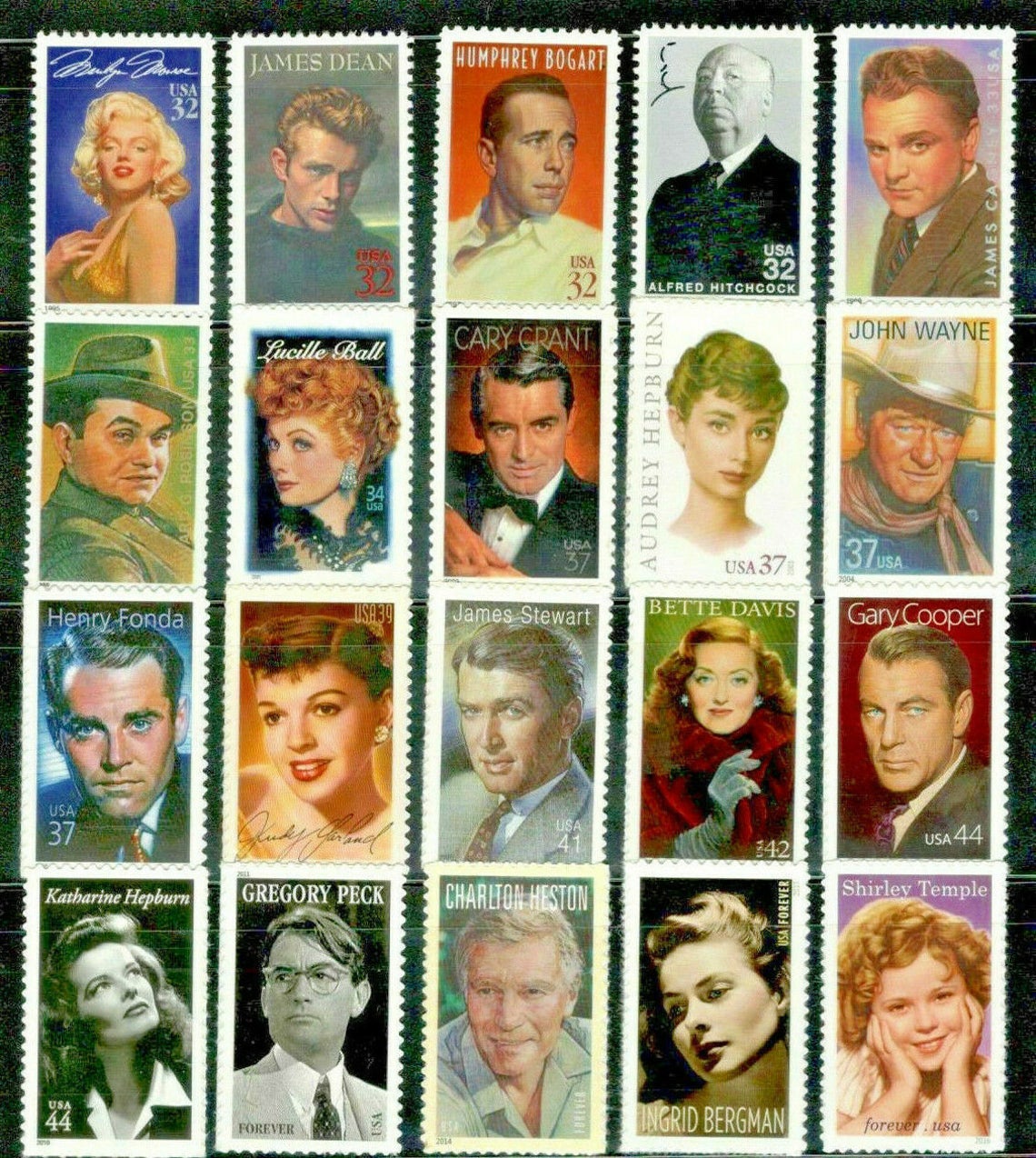
Present-Day Rodeo
More recently, in 2003, Rodeo Drive was injected with $18 million towards beautification, which they used to replace all of the ficus trees with Palm Trees, and the widening of the roads and additional crosswalks being added, among other things.
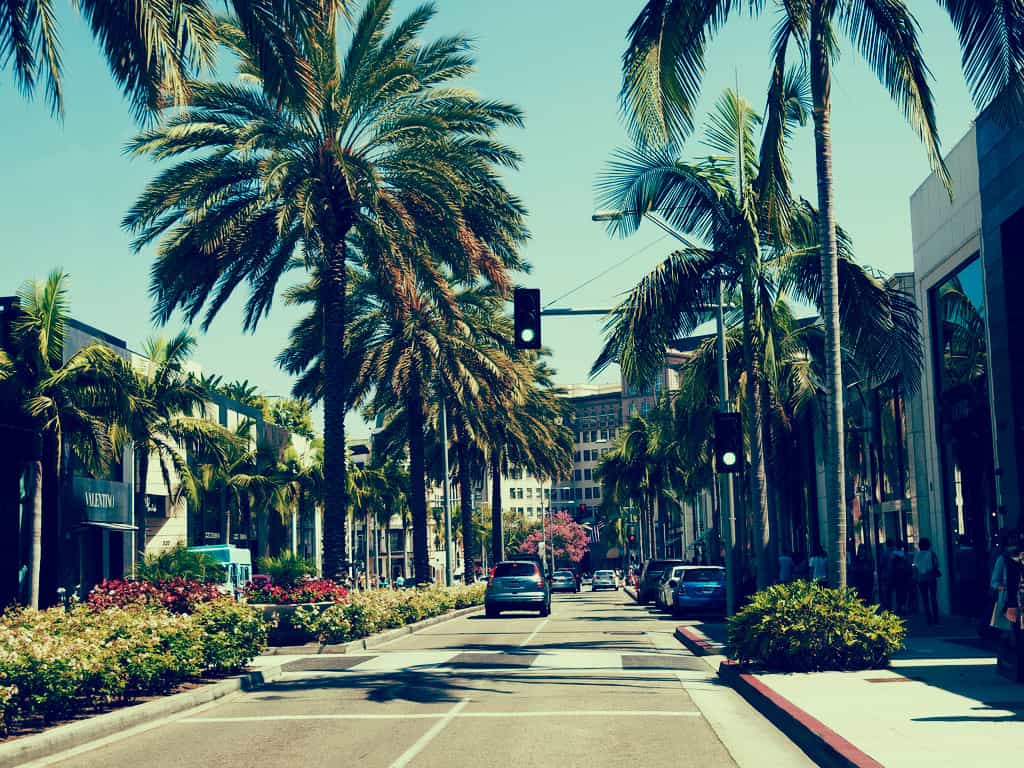
One year later, in 2004, The Rodeo Drive Walk of Style was commissioned by the Rodeo Drive Committee to create plaques that honored icons in fashion and style. The Torso sculpture designed by Robert Graham is the centerpiece for the Walk of Style, and winners of the Walk of Style award receive a Torso maquette designed by the same.
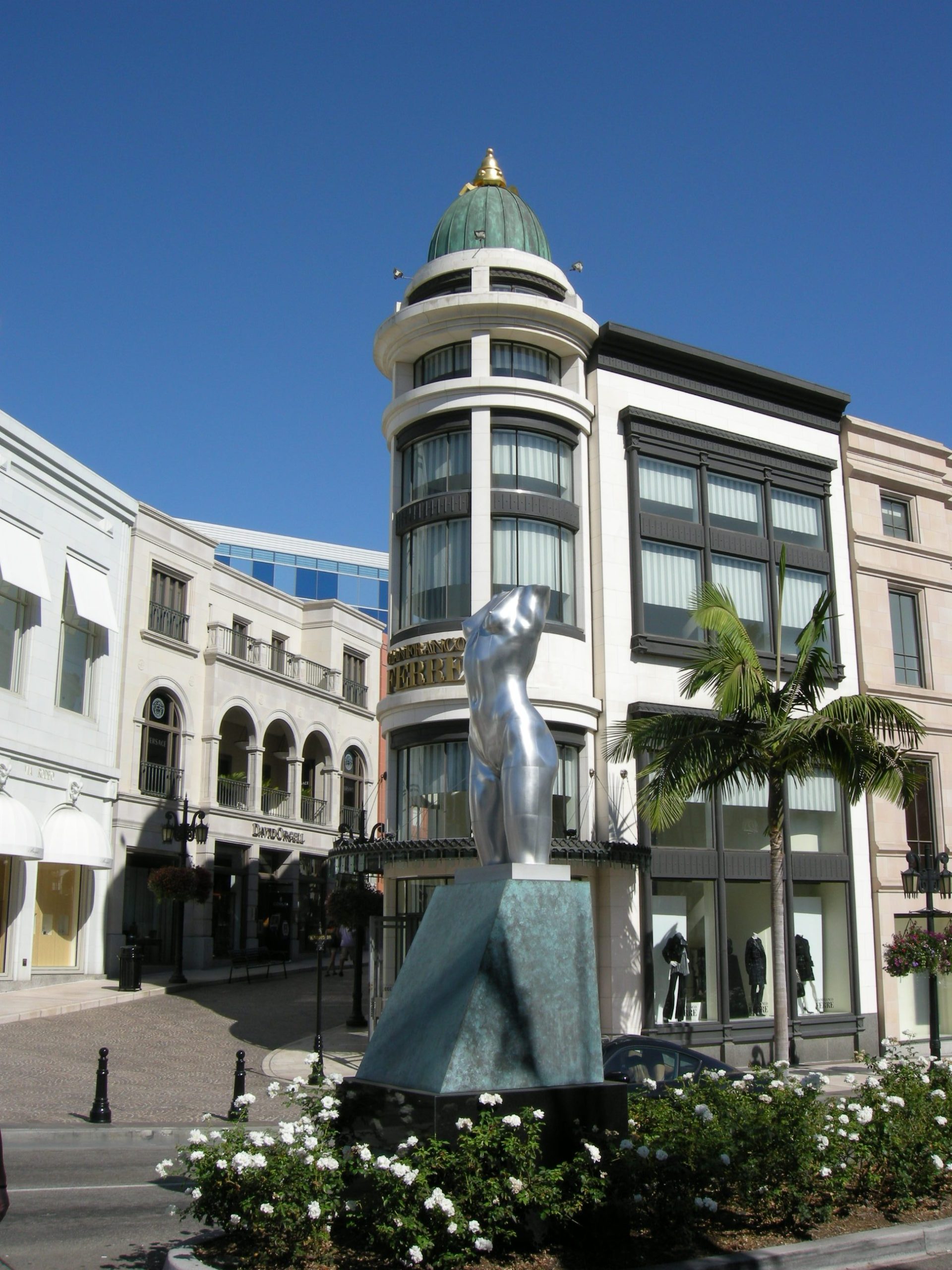
Rodeo Drive has blossomed into one of the most exclusive and attractive fashion districts in all of the world, and is probably the place you are most likely to be graced by someone famous in Los Angeles. The Perfect Los Angeles Tour makes a 30-minute stop on Rodeo Drive where you get a chance and get out and walk the streets that so many of Hollywood’s elite have often walked, or maybe even do a bit of shopping if you’ve go the cash!
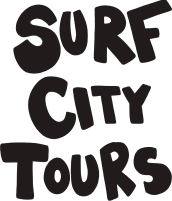
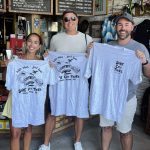 10% Discount Automatically applied
10% Discount Automatically applied